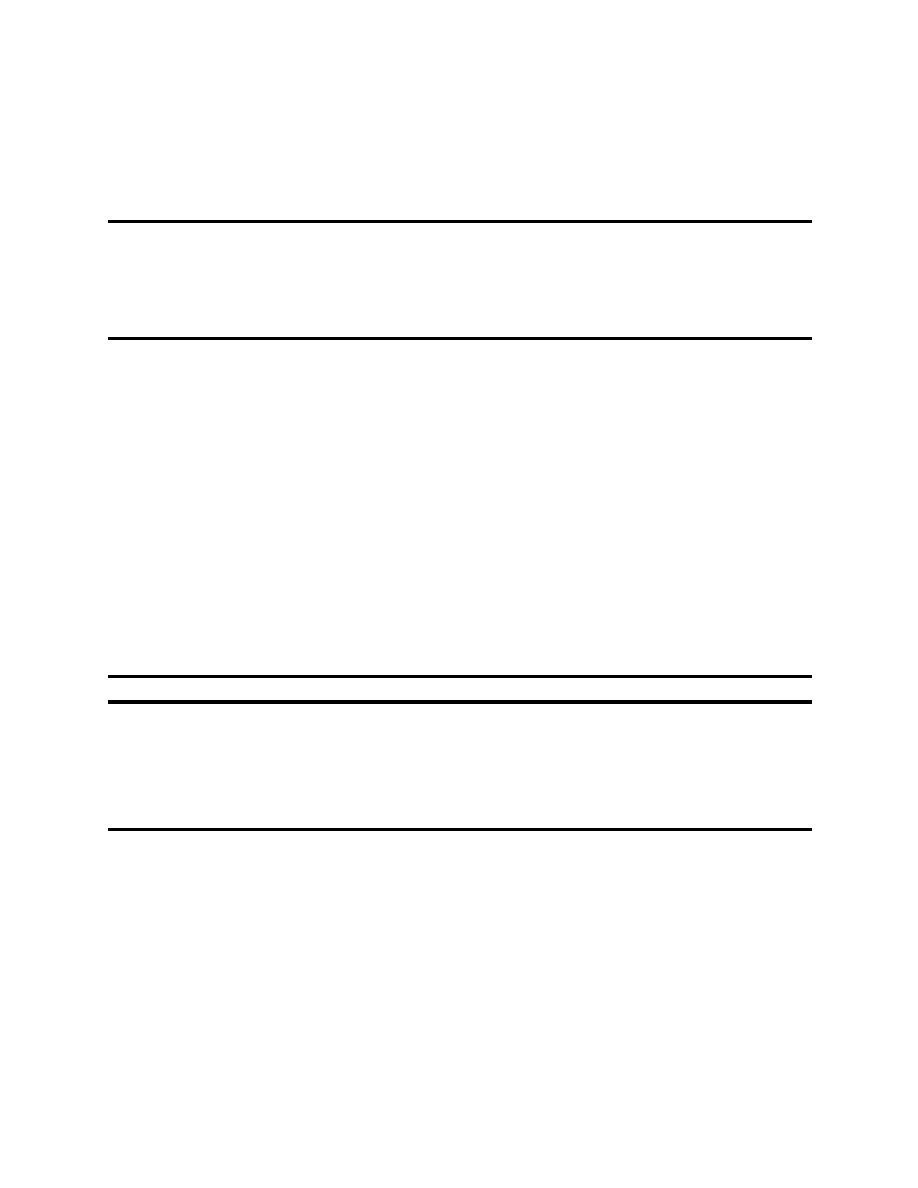
Fundamentals of Engineering Design
specific practices being used and the amount of construction underway or planned enables the engineer to
give a better estimate of the qualitative effects of the land use in the basin.
Table 5.2 Land Use Classification (after Rundquist, 1975)
Urban
Greater than 25% of drainage basin is urban
Rural
Greater than 45% of drainage basin is rural
Agricultural
Greater than 35% of drainage basin is agricultural
Conservation
Greater than 65% of drainage basin is conservation
The degree of human interaction with the stream can also be estimated from the land use
classification. The effects of humans are expected to decrease as development decreases. Fewer people
living near the channel may require less flood control and channel control. Urban land use can then be
expected to contribute a higher degree of human impacts on a stream while conservation land use will
experience the smallest degree of effects from human contact.
5.1.3
SEDIMENT
Sediment moving in a stream can be defined on the basis of the measurement method, the transport
mechanism, and the sediment source. Table 5.3 summarizes the three methods of sediment classification.
Table 5.3 Three Methods of Sediment Transport Classification
Measurement Method
Transport Mechanism
Sediment Sources
Unmeasured Load
Bed Load
Bed Material Load
+
+
+
Measured Load
Suspended Load
Wash Load
= Total Load
= Total Load
= Total Load
Typically, stream data is reported as the measured suspended sediment load, and is measured
using a cable-suspended sampler that is lowered and raised through the water column. However, the
sampler inlet cannot be accurately positioned on the stream bed and a portion of the sediment transported
is unmeasured. Therefore, sediment transported can be defined as either measured or unmeasured load.
Sediment can be defined by the type of transport mechanism, either the bed load or the suspended
load. The bed load transport mechanism is by particles rolling, skipping, or sliding along or in intermittent
contact with the bed. Suspended sediment moves in the water column above the bed and is not in close
contact with the bed at all times.
108



 Previous Page
Previous Page
